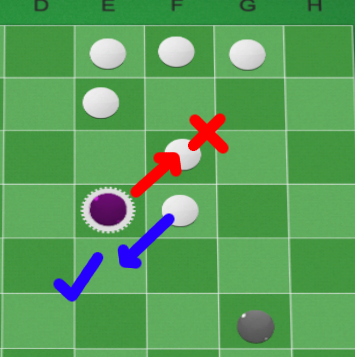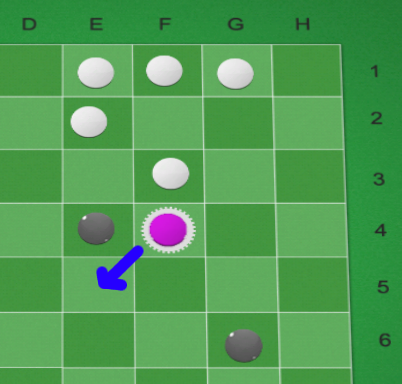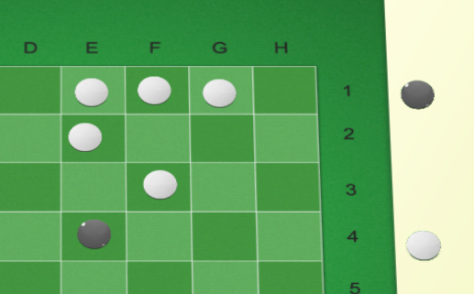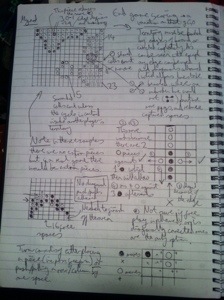tl;dr
Cluthulhu is a game for 2-7 players that uses an existing Cluedo board with some extra counters. Players have to escape from an unknown horror that has infected their country mansion. Think “The Blob” meets “The Thing” at Cthuhlu Manor
Cluthulhu requires:
1) A copy of Cluedo (or Clue, if you are from the Colonies), but you won’t be solving a murder, but fighting for your very lives! All the existing pieces of the game will be used. If you have the deluxe version of the game, with extra weapons or player characters that’s fine, but I will be assuming you have the more commonly available basic set.
2) A good few dozen green counters, cubes or meeples, small enough to fit on each square of the board; technically the board is 24×24 squares, but rooms are not divided up in an unmodified board. Ideally, twelve counters per player should be sufficient, but you can probably work with 6-8 per player.
3) An extra die as 2D6 are required; technically 1D6-1D6 to be exact, giving a range of movement from 0-5; the lower die is subtracted from the higher.
4) (Optional) A thin permanent marker and a ruler or straight edge.
Instructions for modification of the basic game.
The first thing to do is decide if you don’t mind changing your board; this won’t prevent you from playing the original game. While this isn’t strictly necessary, it will enhance the playing experience greatly by allowing for player movement inside rooms to be fairer. In the original Cluedo game, movement inside rooms is rather like teleportation, with the entire room space being a single move (which is daft really). If you are happy writing on your board, you should use a ruler to extend the existing lines for the corridor squares carefully across into the room spaces. I personally wouldn’t draw over the walls. However, using a thin permanent marker will allow rooms to be broken into squares, just like the hallways. Remember, although it’s recommended to use a permanent marker, if you mess up you can probably clean up any flaws with solvent, provided you have not pressed too hard and make corrections quickly. Making these changes does not ‘break’ the original Cluedo game, provided that players remember that movement costs are not relevant for room spaces, even though this is weird; this might explain the location of doors in Cluedo rooms, which otherwise makes little sense. If you don’t want to mark the board, then so long as the alien (yes, Alien!) jumps across rooms from door to door as well, we’re all good. No further physical modification is necessary.

Modified Cluthulhu Board
Set up for Cluthulhu
Firstly, sort the weapon, location and people cards into separate piles. Shuffle each pile and deal out face down in a line the weapon cards, then deal on top of them enough of the location cards to give each a location. These pairs are then turned over to determine which random weapon is in which random location. Place the relevant counter/marker for each weapon in the relevant room. Then take back the location card and shuffle the full deck again. Deal out all the player character cards and, again, lay out locations on each. This will randomly locate all the player counters (Col. Mustard for example). All player counters are to be used, no matter how many players are taking part; human players will play any and all the characters anyway. Finally, take one of the unused location cards at random. (Alternatively, allow the player playing the Alien (Yes, Alien!) to choose from an unoccupied room; this option should not include rooms with weapons.) This is where the Alien (Yes, Alien!) will start spawning. Place one counter anywhere in the room. Finally, the Alien (Yes, Alien!) secretly chooses one of the player character cards. This will be the secretly infected human. If they escape successfully, then Humanity is DOOOoooMED! Initial Alien Spawning
Beginning in the ro











